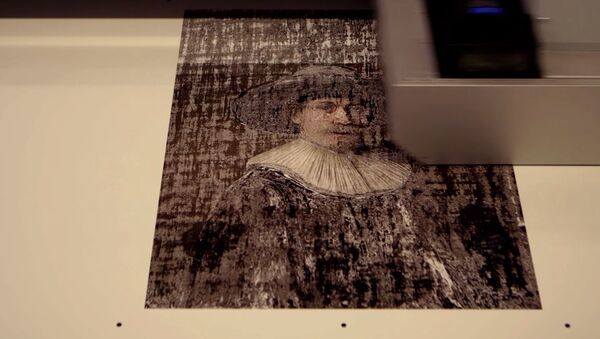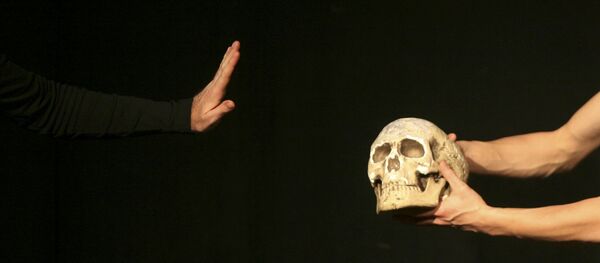They examined the classical painter's entire collection of work, some 346 paintings that yielded 150 gigabytes of digitally rendered graphics.
"There’s a lot of Rembrandt data available — you have this enormous amount of technical data from all these paintings from various collections. And can we actually create something out of it that looks like Rembrandt? That’s an appealing question," said Joris Dik from the Delft University of Technology.
Their statistics showed that that the majority of Rembradt's paintings were created between 1632 and 1642. In order to determine who the subject of the new painting should be, they analyzed everything from age and head direction to the amount of facial hair present.
The experts explain how "The Next Rembrandt" was created.
"After studying the demographics, the data lead us to a conclusive subject: a portrait of a Caucasian male with facial hair, between the ages of thirty and forty, wearing black clothes with a white collar and a hat, facing to the right," the researchers explained.
In order to stay accurate to the style of Rembrandt, who has been called "The Master of Light and Shadow," the technicians designed a software system to generate the painting's features, based on the artist's use of geometry, composition, and painting materials. A facial recognition algorithm identified and classified the most typical geometric patterns used by Rembrandt to paint human features.
"In the end, we printed thirteen layers of ink, one on top of the other, to create a painting texture true to Rembrandt's style."
"It would have been interesting to see Rembrandt looking at it. He would be happy that there are people trying to understand him and trying to create something out of that," the team said.
Parool Cultuur 'Nieuwe Rembrandt' gemaakt op basis van data: In kunstcentrum Looiersgracht 60 in Amsterdam is… https://t.co/Z1h6aUdBTV
— United Artists (@ArtistsUni) 5 апреля 2016 г.
On April 5, the new painting (above) was unveiled in Amsterdam's Looiersgracht 60 exhibition center.






